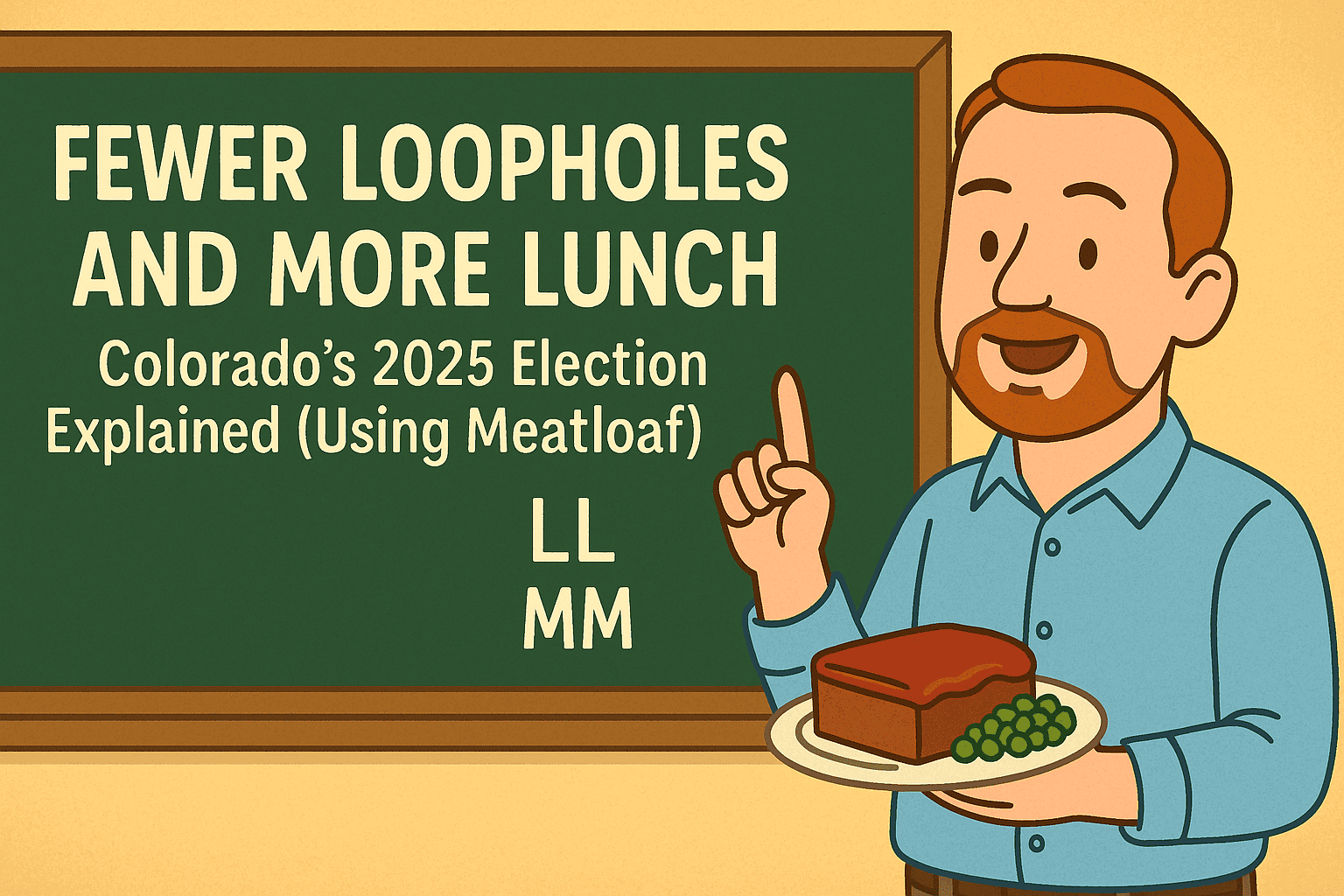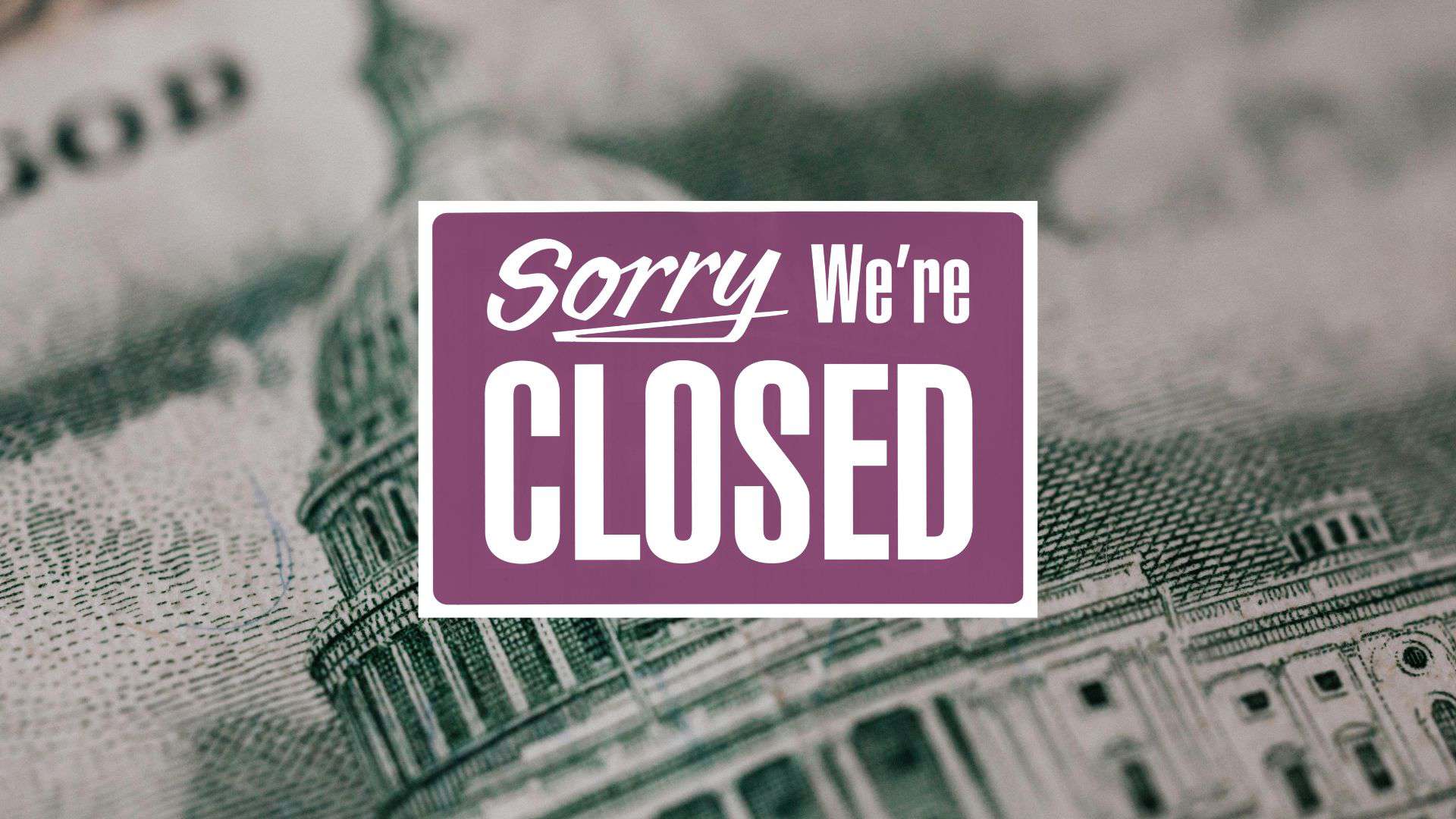
Policy Brief: H.R. 1 and Immigrant Families
Impacts on Essential State and Federal Programs Colorado’s immigrant communities are facing significant challenges as recent federal policy changes threaten…
Get expert insights and in-depth analysis on Colorado’s economy, policy changes, and fiscal issues from the Colorado Fiscal Institute.










Colorado Fiscal Institute © 2011-2025. All Rights Reserved. Privacy Policy